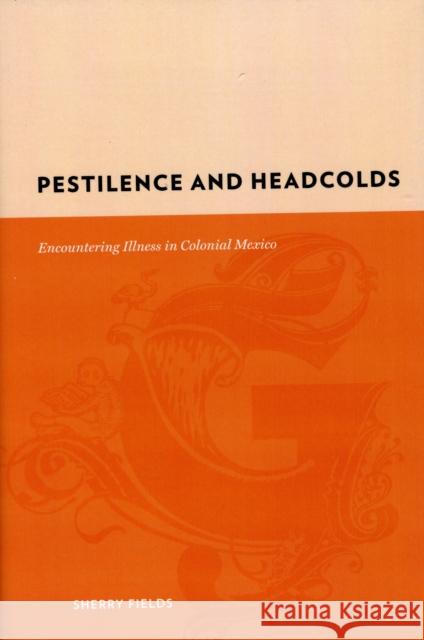Pestilence and Headcolds: Encountering Illness in Colonial Mexico » książka
topmenu
Pestilence and Headcolds: Encountering Illness in Colonial Mexico
ISBN-13: 9780231142403 / Angielski / Twarda / 2008 / 212 str.
If one of the goals of historical research is to get as close as possible to the texture of daily life in worlds we have lost, then some understanding of the beliefs people had about their health is essential, especially if they lived in an age when the death rates from infectious disease were high and life expectancy was low.
Beginning with a simple question-how did people explain why they fell sick? Pestilence and Headcolds: Encountering Illness in Colonial Mexico maps out both Spanish and indigenous notions about human health as they circulated throughout colonial Mexico. As one of only two areas of high civilization in the Americas before 1492, Mesoamerica was home to a variety of peoples with a long tradition of empiric and shamanistic medicine. Beginning in the sixteenth century, however, conquering Spaniards began to impose Spanish forms of settlement and local government and European notions of race, class, and religion. They also enforced a European etiology based on the ancient texts of Hippocrates and Galen. Because of its cultural diversity, colonial Mexico is an especially rich setting for the exploration of premodern concepts of health and disease. This book draws on a variety of sources to explore the ways in which the inhabitants of colonial Mexico interpreted their health. Sherry Fields thoroughly examines such contemporary writings as native codices, travelers' accounts, chronicles, newspapers, and personal correspondences, as well as home remedy guides written for laypeople. She also considers painted ex-votos from the colonial period, not only as a comment on the illness experience in general, but also as a vehicle for exploring the connection between illness and religious faith.










